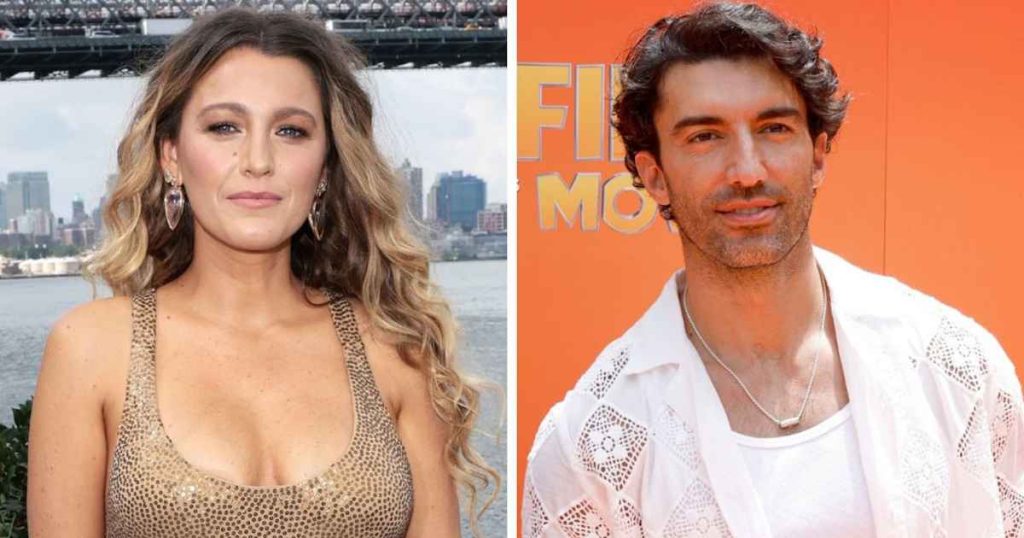The professional relationship between actress Blake Lively and actor/director Justin Baldoni has dramatically deteriorated into a complex web of lawsuits and accusations centered on their film adaptation of Colleen Hoover’s novel, “It Ends With Us.” The heart of the dispute revolves around creative control over the film’s content, specifically the inclusion of sexually explicit scenes. Lively alleges that Baldoni unilaterally added graphic content not present in the original script, including a scene requiring her to simulate an orgasm on camera. She further claims that when she objected, Baldoni justified these additions by stating he was making the film “through the female gaze.” He allegedly persisted in his attempts to include a scene depicting simultaneous orgasm, even inquiring about Lively’s personal sexual experiences with her husband, a question she found invasive and refused to answer. Lively’s complaint also details a scene Baldoni allegedly added involving the younger version of her character losing her virginity, complete with suggestive dialogue and a simulated sex scene that Lively contends was unnecessarily explicit.
Lively’s complaint extends beyond the addition of these scenes, portraying Baldoni’s behavior on set as unprofessional and inappropriate. She recounts an incident where, after filming the aforementioned virginity loss scene, Baldoni allegedly complimented the young actors on their performance and questioned whether they had practiced beforehand. These actions, coupled with the unauthorized inclusion of graphic sexual content, form the basis of Lively’s claims against Baldoni, which include sexual harassment, retaliation, breach of contract, infliction of emotional distress, invasion of privacy, and lost wages. She filed a complaint with the California Civil Rights Department and subsequently a federal lawsuit against Baldoni, his publicists, and Wayfarer Studios. Lively has publicly stated that her legal action aims to expose retaliatory tactics used against individuals who speak out about misconduct and to protect others from similar situations.
In a surprising turn of events, Baldoni, along with several producers and publicists associated with “It Ends With Us,” filed a $250 million lawsuit against The New York Times for libel and false light invasion of privacy. This lawsuit stems from the newspaper’s coverage of Lively’s allegations against Baldoni. Baldoni contends that The New York Times’ reporting was biased and inaccurate, influenced by Lively and her team, and part of a smear campaign against him. He claims that two separate edits of the film existed – one overseen by him and another commissioned by Lively – with his version testing significantly higher with focus groups. This suggests a deeper creative conflict between the two, extending beyond the specific scenes mentioned in Lively’s complaint.
Baldoni’s lawsuit argues that The New York Times disregarded journalistic ethics by using manipulated text messages and omitting communications that contradicted their narrative. He believes the newspaper’s reporting was driven by a desire to bolster Lively’s public image and counter online criticism. He asserts that his legal action against The New York Times is part of a broader campaign for “authenticity,” and he intends to sue individuals who have allegedly abused their power to harm him and his associates. Baldoni maintains that, while Lively’s side embraces partial truths, he embraces the full truth and possesses the necessary evidence to support his claims.
The New York Times has responded to Baldoni’s lawsuit by stating they will “vigorously defend” against it, emphasizing their commitment to factual reporting. They claim their story was meticulously researched and based on thousands of pages of original documents, including text messages and emails quoted accurately within the article. Furthermore, they state that they offered Baldoni and his associates the opportunity to address the information prior to publication, including specific text messages and documents, but they declined to engage in any conversation. Instead, they provided a joint written response, which The New York Times published in full. The newspaper’s response effectively counters Baldoni’s accusations of biased reporting, highlighting their efforts to present a balanced account.
Lively’s attorney has dismissed Baldoni’s lawsuit against The New York Times as based on a “false premise,” reiterating Lively’s claims of misconduct and stating that the lawsuit does not change the core issues raised in her complaints. The attorney encouraged the public to read Lively’s complaint in its entirety and emphasized their intention to address each of Baldoni’s allegations in court. This statement underscores the conflicting narratives and the complex legal battle that is likely to unfold. The case highlights the power dynamics within Hollywood and the potential for exploitation and abuse, particularly concerning the depiction of sensitive content. The legal proceedings will likely delve deeper into the specific events on set, the communication between the parties involved, and the creative decisions made during the film’s production.

